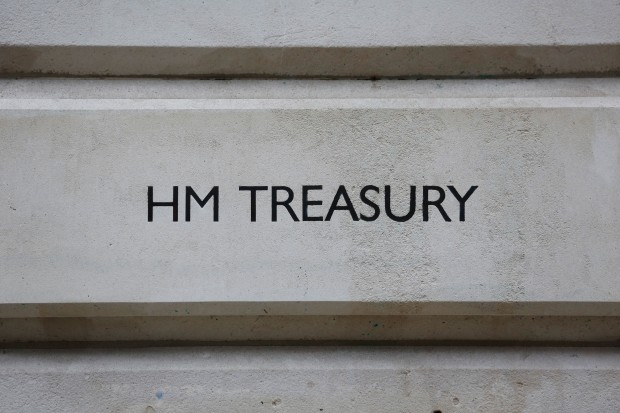We’re now at the stage in the EU referendum debate where every announcement is explained in terms of its relationship to Brexit – whether relevant of not. So today we learn that inflation is still flat, dropping to 0.3pc in April. As per usual. But bizarrely, the Treasury is pretending that this tell us about the misery coming our way if Britain walks away from Europe. Here’s what a Treasury spokesman had to say about the figures:
‘Today’s inflation figure continues the trend we’ve seen over the past year. Pay is growing faster than prices, boosting families’ spending power. Last week the Bank of England’s Monetary Policy Committee warned that a vote to leave the EU would put this all at risk by hitting GDP and increasing inflation. As the Chancellor has said this would create a lose-lose situation for our economy.’
Set aside the fact that the government is pretending to be working to am inflation target of 2.0 pc – so a rise would be welcome, rather than some kind of threat. The Treasury went on to say that its plan being put in place at the moment, which would be put at risk by Brexit, is continuing to ‘build resilience’. The zero era – low inflation, low interest rates – tends to build debt, which is the opposite of resilience. As Britain found out during the last crash.
The headline inflation figure of 0.3pc was in large part brought about by a sharp drop in the cost of airfares, down 14pc. Cars, clothes and social housing costs also contributed largely to the final ONS figures. And nothing at all to do with Brexit. Of course, if we leave the EU and the pound falls then imports will be more expensive – but, then again, our exports will be far cheaper, and their main problem will be coping with demand. George Osborne claimed the other day that he has won the economic argument. But if he really believed it, would be he be grasping at straws in the inflation data?







Comments